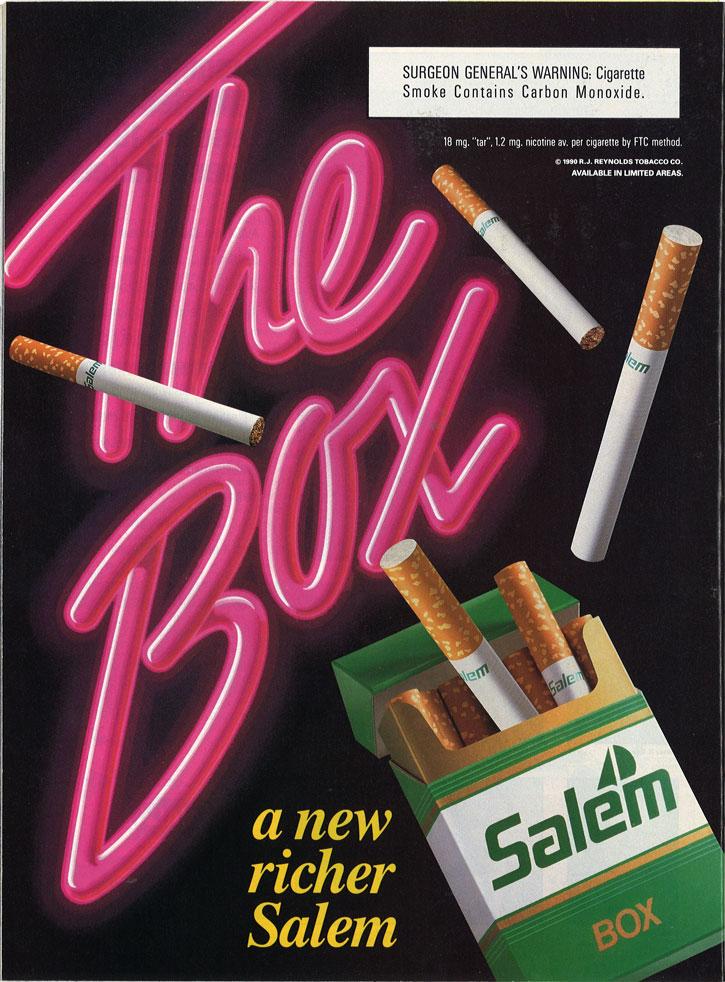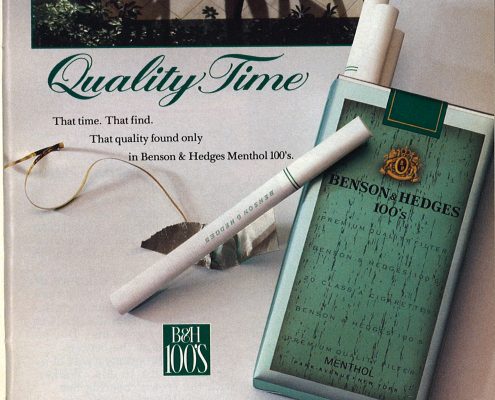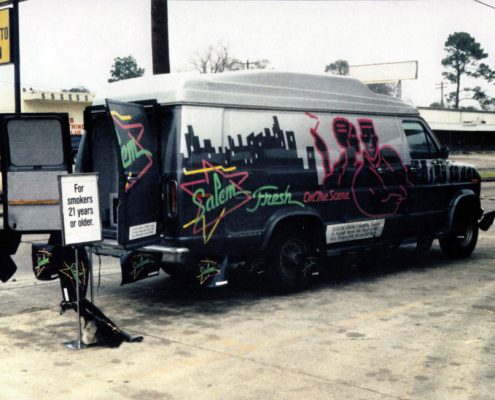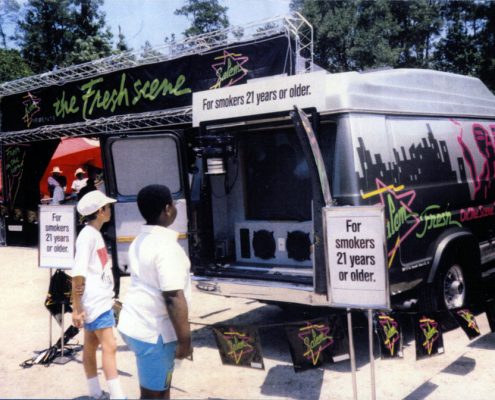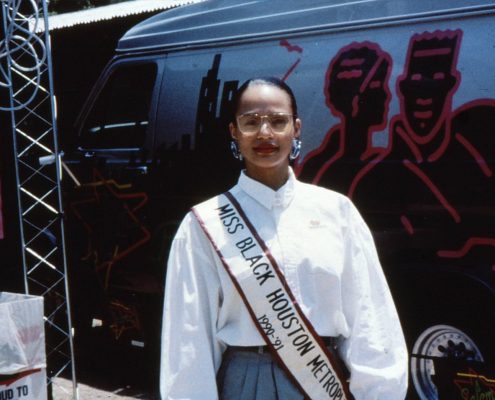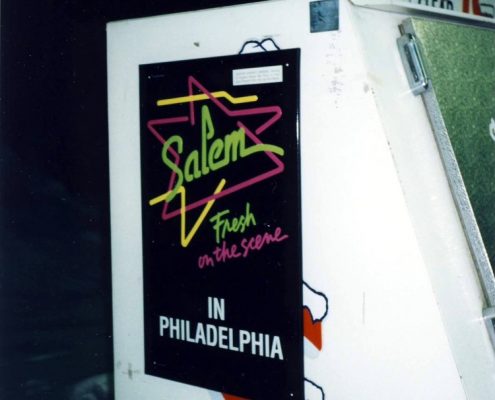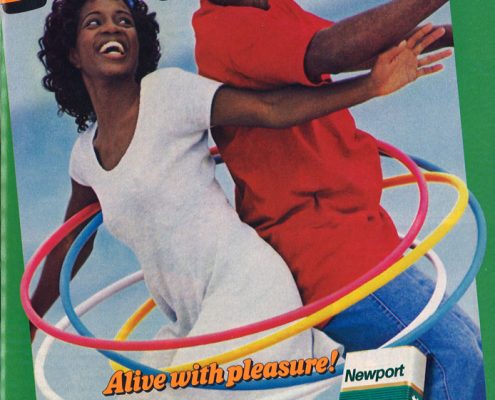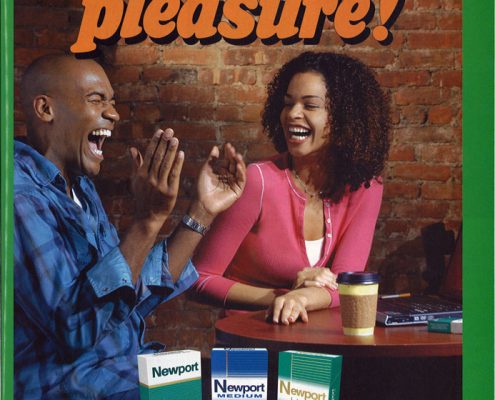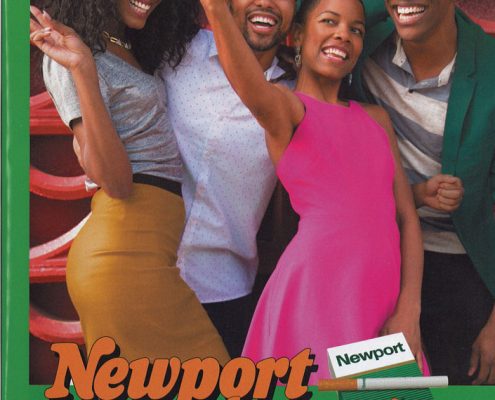- Minorities & Smoking – Home
- Taking Notice
- The Power of Tobacco Marketing ▼
- A History of Marketing Menthol to Minorities
- Supporting and Suppressing Minority Communities ▼
- Targeting Latinos
- Targeting Minority Women: A Marginalized Market
- Family Smoking Prevention and Tobacco Control Act
- The DOC Response
- Recent Struggles
“Liberation cigarettes”
Video clip from DOC film “Medicine vs. Madison Avenue,” in which Deloyd Parker, director of the SHAPE (Self-Help for African People through Education) Community Center in Houston, Texas, discusses the tobacco industry’s attempts to attract minority communities by using “liberation colors” (red, black, and green) in their cigarette ads and product packaging
1991
Salem video van
Video clip of DOC (Doctors Ought to Care) film footage
1991
“Wrappers” and Liberation Colors
Packaging for cigarette brands most favored by African Americans became the focus of several advertising campaigns during the 1970s-2000s. Examples included striking graphics on packs of R. J. Reynolds’ Salem (“The Box”) and Philip Morris’ Benson & Hedges. In the early 1990s, as rap music’s popularity among African-American adolescents rose, a metallic-foil outer wrapping for Salem, which the company named “The Wrap,” was featured in a major advertising campaign. Salem video vans roamed minority neighborhoods, showing rap videos and giving out free cigarettes. Brown & Williamson’s “Kool Mixx” hip hop campaigns dominated the market in the 2000s. Newport’s “Alive with Pleasure” advertising slogan in advertisements featuring vibrant 20-somethings remained essentially unchanged in the 1990s and 2000s.
Deloyd Parker, executive director of SHAPE (Self-Help for African People through Education) Community Center in Houston, Texas, suggested that the redesign of the Salem brand to include the colors of the flag of African unity—red, black, and green—was a cynical attempt by R. J. Reynolds to create a “liberation cigarette.”
More On: “Wrappers” and Liberation Colors
- Minorities & Smoking – Home
- Taking Notice
- The Power of Tobacco Marketing ▼
- A History of Marketing Menthol to Minorities
- Supporting and Suppressing Minority Communities ▼
- Targeting Latinos
- Targeting Minority Women: A Marginalized Market
- Family Smoking Prevention and Tobacco Control Act
- The DOC Response
- Recent Struggles
Contact
Alan Blum, M.D., Director
205-348-2886
ablum@ua.edu
© Copyright - The Center for the Study of Tobacco and Society


